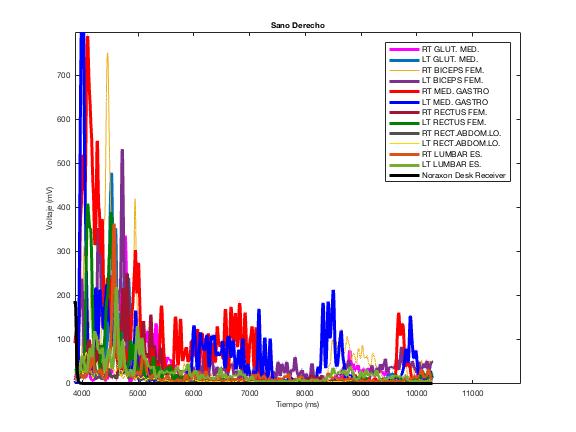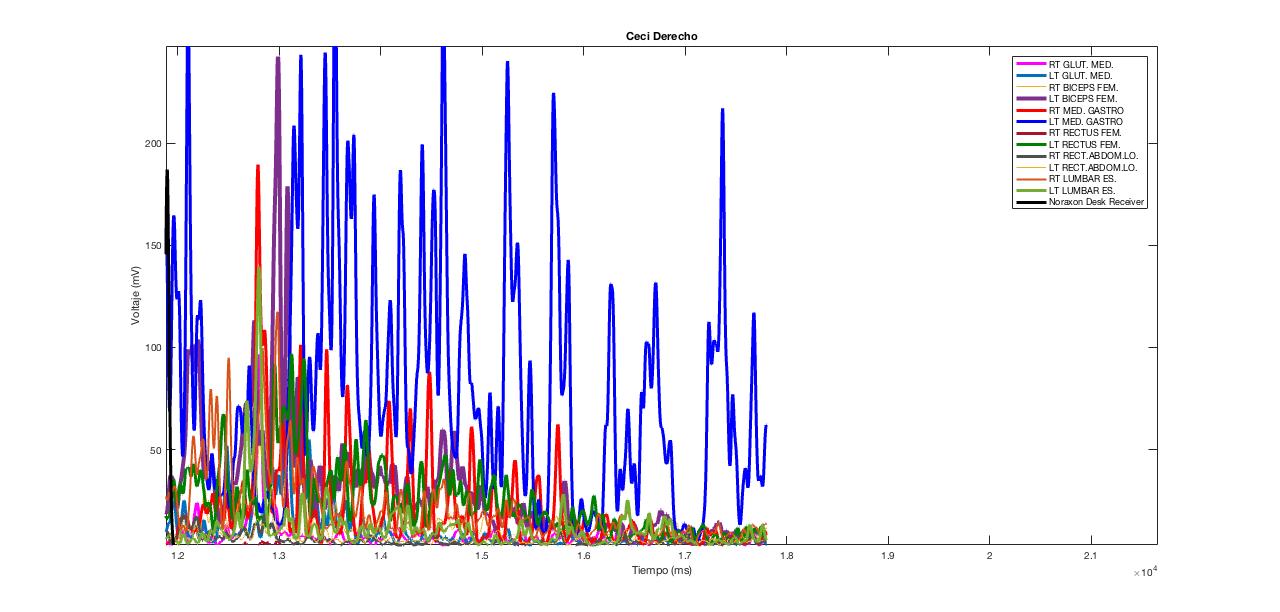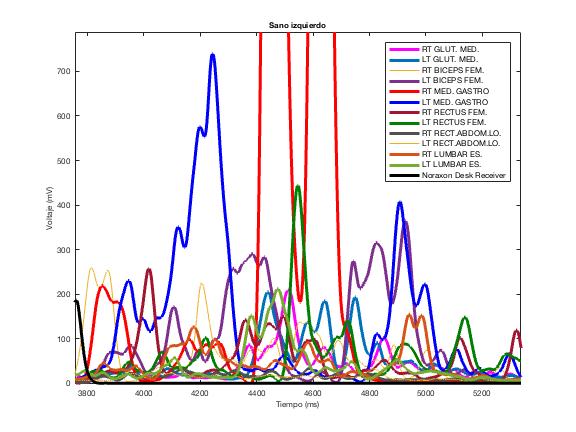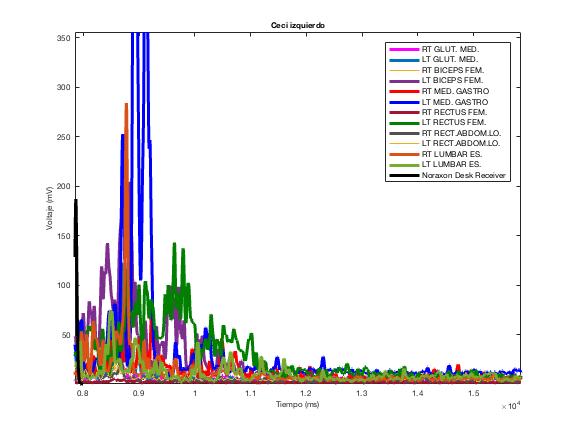Session Information
Date: Sunday, October 7, 2018
Session Title: Spasticity
Session Time: 1:45pm-3:15pm
Location: Hall 3FG
Objective: To compare the temporal profile and the level of muscular activity of a subject with Stroke and a healthy subject, as well as to perform the intrasubject comparison of the patient with spasticity through the Lateral Reactive Postural Control (LRPC) Test.
Background: Lateral reactive postural control (LRPC) is one of the most affected responses after a Stroke and the main responsible for the risk of falls. Currently, the muscle pattern of the lower extremities involved in subjects with spasticity is unknown. The rapid and vigorous activity of the gluteus medius has been identified as a relevant factor. In addition, therapists need to identify effective strategies to help prevent falls in these patients. So, what will be the activation time (onset) and the level of muscular activity of lower limbs and trunk during the LRPC test of a patient with spasticity compared to a healthy subject?
Methods: Descriptive study. A subject with hemiparesis and a healthy subject. Age range (30-40 years). Background: Left cerebellar, thalamic and mesencephalic ACV 8 months ago. Right hemiparesis. Noraxon brand EMG is used. The placement of the electrodes is based on the SENIAM protocol. The muscle groups evaluated were: Lumbar, rectus abdominis, gluteus medius, rectus femoris, femoral biceps, medial gastrocnemius bilaterally. The test is explained, it is tested once and a repetition is performed, which is recorded. First the healthy subject is evaluated, subsequently the subject with hemiparesis. The latencies and the amplitude of the response were determined from the first movement after the disturbance. It is considered that the Reactive Postural Control response occurs in less than 100 ms. The data is processed using Matlab software. The sampling frequency used was 1500 Hz. The EMG signals were filtered by a band pass filter (20-450 Hz), then with a second order Butterworth filter and rectified with a low pass filter of 20 Hz.
Results: There are a relationship between right Gastrocnemium latency, stability of the ankle and risk of falling. There are a sequential activity level on spasticity and healthy side of the subject with Stroke.
Conclusions: There are a possible identification of activation patterns in subjects with hemiparesis that allows decision making of motor strategies for treatment and thus reduce the risk of falls. Moreover, there are a possible use of a clinical test based on the analysis of human movement signals.
References: (1) De Kam et al, Neurorehabilitation and Neural Repair. 2017 Aug;31(8):708-716. (2) Schinkel-Ivy a, J Stroke Cerebrovascular Disease. 2017 Feb;26(2):237-245. (3) Mansfield A, Experimental Brain Research, 2017 Jan;235(1):293-304. (4) Emma L. Willcox, Journal of Orthopaedic Sports Physical Therapy, 2013, Volume 43, Number 5. (5) Fay B Horak, Phys Ther.2009 may; 89 (5):484-498.
To cite this abstract in AMA style:
M. Maldonado. Analysis of the electromyographic profile of a subject with spasticity during the lateral reactive postural control test [abstract]. Mov Disord. 2018; 33 (suppl 2). https://www.mdsabstracts.org/abstract/analysis-of-the-electromyographic-profile-of-a-subject-with-spasticity-during-the-lateral-reactive-postural-control-test/. Accessed December 6, 2025.« Back to 2018 International Congress
MDS Abstracts - https://www.mdsabstracts.org/abstract/analysis-of-the-electromyographic-profile-of-a-subject-with-spasticity-during-the-lateral-reactive-postural-control-test/




